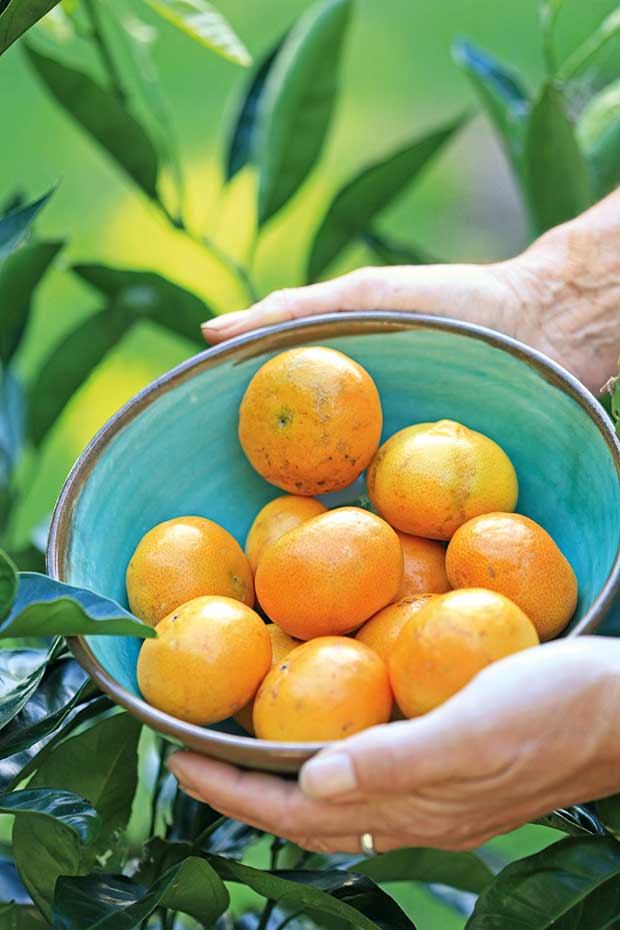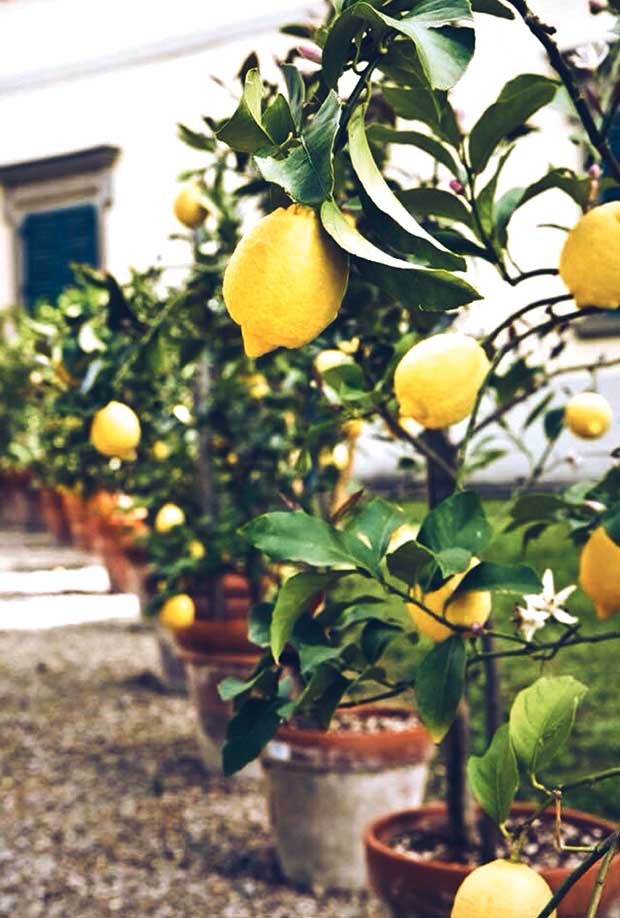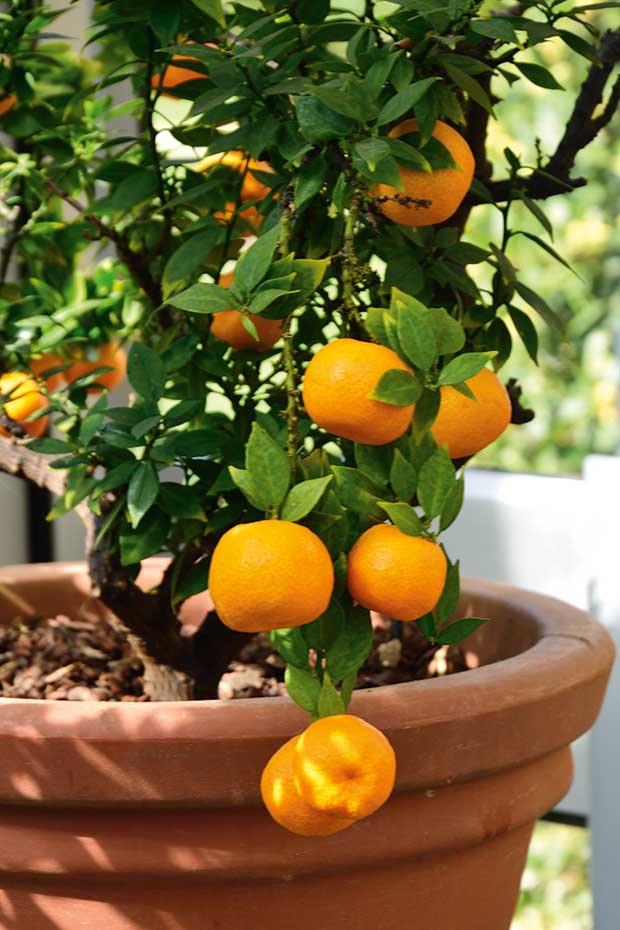Tips for growing citrus trees in small spaces and containers

Even the smallest urban backyard can make room for the humble citrus tree.
Words: Sheryn Dean
If there’s only space for one tree, plant ‘Meyer’ lemon. It’s not a true lemon but a less-acidic cross that suits warmer climates – generally Nelson and north.
It fruits nearly all year round, ensuring the cook always has a lemon to hand.
Citrus trees look good in containers and on a patio. But the smaller the container, the higher the dependency on supplied nourishment. Anything smaller than 1m in diameter takes intensive care.
GROWING TIPS
1. Citrus trees are top producers and need input to perform well. Quality nourishment is essential – they are greedy plants that are almost impossible to over feed.
2. Compost, vermicast or lawn clippings (no more than 2-3cm high so growth doesn’t go mouldy) can be spread around the roots. Try dribbling blood from thawed meat, or adding compost, aged chicken manure, sheet pellets or blood and bone.
3. Any and all organic feed is great but if enough cannot be sourced, use citrus fertiliser

4. Water regularly and add further nutrients with worm or compost tea, or liquid fertiliser. Mulch around the roots to slow evaporation.
5. Regularly pinch out the shoot tips to encourage the branches to form a compact bushy shape. Remove fruit in the first year so the tree puts its energy into getting established. If training into a formal topiary, prune into the rough shape as soon as possible so that it grows into a dense form.
6. A lush, dense citrus looks great in a small space, but provides the perfect climate for sap-sucking insects, which create a black, sooty mould, a fungus which grows from insect secretions. At the first sign of sooty mould, apply organic spraying oil.
7. Avoid pruning between September and December as this risks exposure to borer moth.
MAKE THE HARD CALL
The lifespan of a citrus can be as short as 10 to 15 years. Before spending time and energy regenerating it, evaluate whether it’s worth it. A citrus can be replaced for about $15. Here’s how to rejuvenate a tired tree.

Strip it: Fruit production requires energy. If a tree is sick, it needs all the energy it can get, so sacrifice the current crop by removing all flowers and fruit.
Prune it: Bugs and disease like cosy, sheltered environments. Encourage insects to move out by pruning the tree to allow sunlight through the branches, and the air to circulate. Alternatively, to keep a dense shape, spray regularly with organic spraying oil.
Be hygienic: Remove all fallen fruit to prevent bugs and disease from multiplying.
Feed it: Food is medicine to a tree. Place compost and any other organic material around the root zone. Spray and water with seaweed and fish fertiliser to provide trace minerals. Sprinkle magnesium sulphate if the mature leaves are yellow. Then feed it some more.
MORE CITRUS READING

